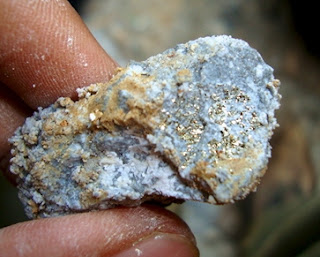 |
Gold ore in Red lake mines
|
The Red Lake Mining is one of the largest gold mines in Canada and largest gold mines in the world. Located in the Red Lake Mining Division within the District of Kenora, northwestern Ontario this mine cover approximately 2335 hectares, the mine is comprised of the Red Lake Complex and the Campbell Complex one of the world’s most prolific gold districts and the mine has estimated reserves of 3.23 million oz of gold
Red Lake Mining is owned and operated by Goldcorp Inc, operations are situated in the eastern part of the Red Lake Greenstone Belt in the Birch-Uchi Lake Subprovince of the Superior Province, within the core of the Canadian Shield and In 2014 Red Lake mine yielding 414,400 ounces. Gold rush in Red lake was first began in 1926, resulted in the discovery and development of several reasonably successful, former producing mining operations (i.e. >10 years production, >200,000 oz produced)






